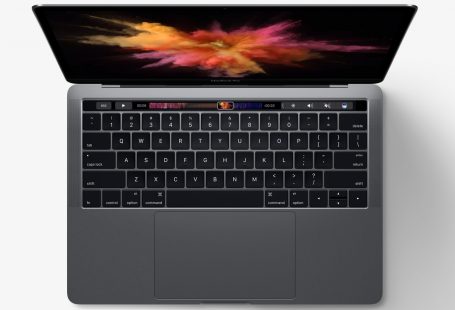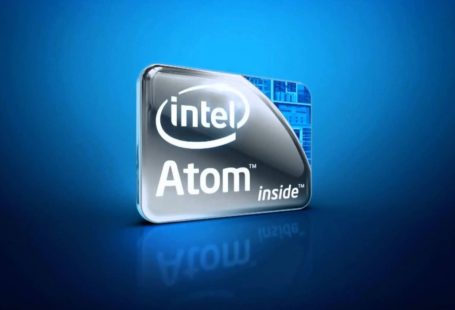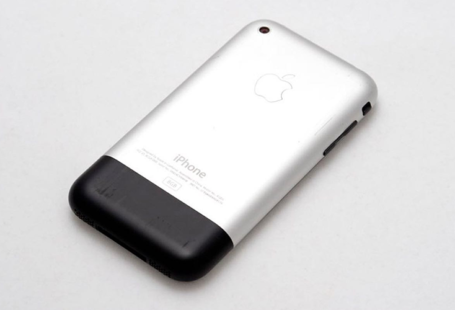Dina Bass writes on Bloomberg about the slow demise of Microsoft Kinect and how this device was not well supported by the company, that should have bet on it from the beginning not only on the gaming side (Xbox 360, Xbox One), but also on the ‘serious’ software side (Windows).
While the technology captured people’s imaginations and provided some entertaining gimmicks, the Kinect failed to become the all-purpose computing device many inside and outside Microsoft envisioned. The company’s ambitions for the product started out too small, and by the time it was ready to go further, the different parts of Microsoft were unable to come together and create something with lasting appeal.
This is a valid point, but the problem is far simpler. Kinect didn’t succeed because Microsoft did too many broken promises. Kinect games were garbage too simple and too casual: Nintendo had been making those kind of games for too long, and the feature was not a differentiator. It should have been.
In fact, trying to compare HoloLens future with Kinect present is misleading. These are two different kind of devices, and I’d say that HoloLens is much more similar to Google Glass in every way.
The lessons Microsoft must learn should come from that project, not Kinect. We’ll see if Microsoft delivers this time, but pitching a $3,000 consumer device is pretty difficult.
Source: Kinect’s Rapid Decline Shows Microsoft How Not to Pitch HoloLens – Bloomberg Business



